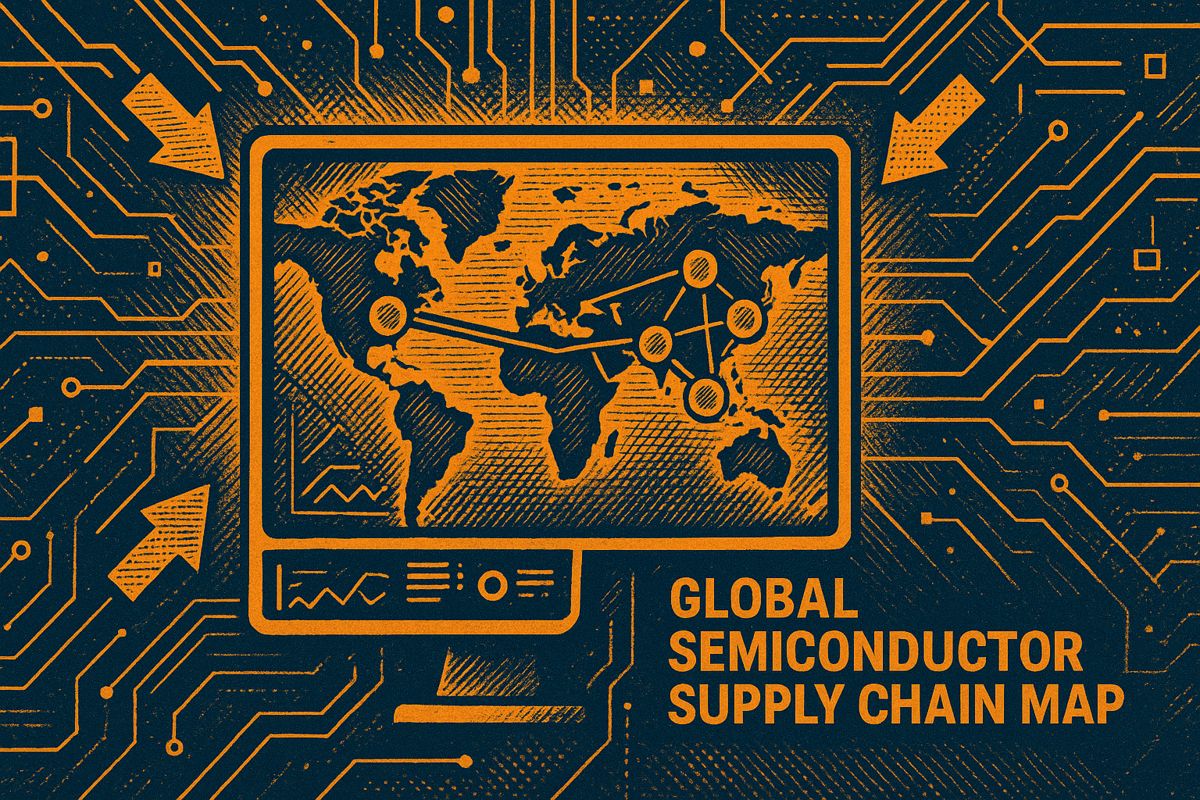The story of how Amazon AI cuts inventory costs is just the beginning. Leading retailers are now deploying advanced algorithms to slash waste, optimize their supply chains, and redefine sustainable operations with measurable, bottom-line impact. This article breaks down the latest case studies and provides an actionable playbook.
How Industry Leaders Are Winning with AI
Amazon set the benchmark in 2025 with its end-to-end AI stack, achieving a $1 billion inventory cost reduction by using adaptive learning models to balance demand with dynamic pricing. Its use of computer-vision robots increased warehouse picking efficiency by 50%, while route optimizers cut out-of-stock events by 65%.
Other giants have followed suit. Unilever deployed 20 global control towers to synchronize logistics hourly, reducing stockouts and emergency freight. Zara leveraged social media sentiment analysis to restock bestsellers in days, dramatically cutting fabric waste and preserving margins.
The AI-Powered Retail Playbook
Retailers leverage AI for sustainability and efficiency by consolidating data for a unified view, applying machine learning for precise demand forecasting, and automating key operations like replenishment and pricing. This integrated approach allows teams to track and reduce their carbon footprint alongside operational costs.
Successful retail leaders follow a repeatable four-step process:
- Consolidate: Unify store, supply, and external data in a cloud data lake for a single source of truth.
- Analyze: Apply machine learning for demand sensing at the individual SKU and location level.
- Automate: Implement automated replenishment, routing, and dynamic pricing with clear rules for human oversight.
- Measure: Integrate ESG metrics into all dashboards to visualize carbon impact alongside financial costs.
The returns are significant. A SymphonyAI review of 200 top retail chains revealed that AI-based inventory and waste programs drove a 39% profit lift and a 21% reduction in carbon intensity between 2019 and 2024. Grocers experience exceptional benefits, as AI helps mitigate spoilage, which can account for up to 30% of their shrinkage.
AI in the Circular Economy: Refill and Repurpose
Machine learning enables hourly demand forecasting for refill stations, keeping bulk bins stocked precisely without excess packaging. At the same time, computer vision systems instantly scan and sort returned goods for resale, refurbishment, or recycling, optimizing reverse-logistics networks to reduce empty miles. Brands are also using generative AI to design reusable, modular packaging, extending the lifecycle of materials.
Engaging the Sustainability-Focused Shopper
Sustainable products command a 17% market share but are responsible for 32% of CPG growth. With 62% of Gen Z shoppers preferring sustainable brands, retailers are using AI-powered recommendation engines to connect with these values-driven consumers. This strategy boosts conversions and builds loyalty through personalized, non-price-based offers.
Avoiding Common Implementation Pitfalls
Successful AI adoption depends on clean data pipelines. Leading retailers avoid common stumbles by assigning cross-functional data stewards, enforcing a universal data model, and embedding change-management coaches within store clusters. Establishing clear guardrails for human overrides is also crucial for keeping staff engaged and accountable.
The Future: Radical Transparency
Looking ahead, retailers will integrate AI with product passports, allowing customers to scan a code and instantly view verified data on sourcing, carbon emissions, and circularity options. As regulatory pressures and consumer demands for transparency intensify, the competitive divide between data-mature retailers and laggards is set to widen significantly through 2026 and beyond.



















